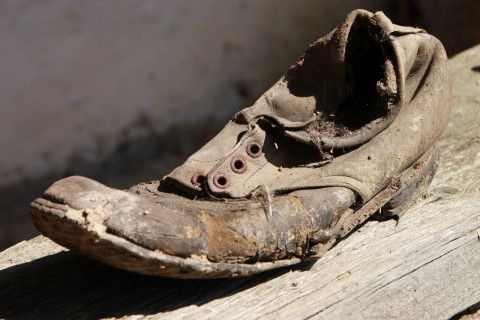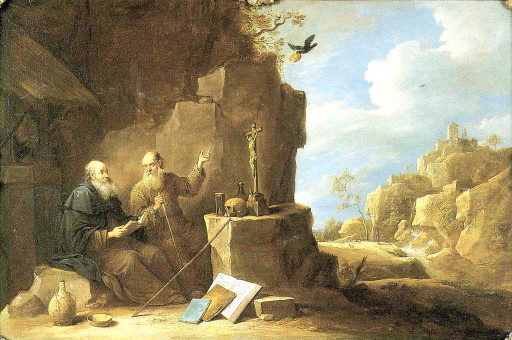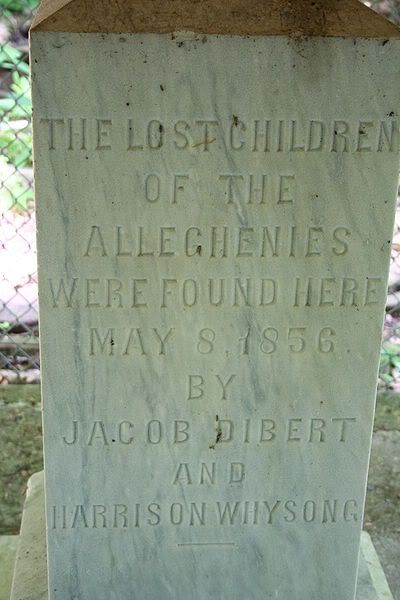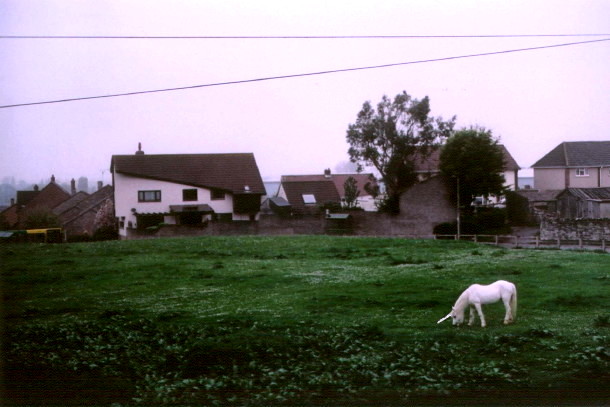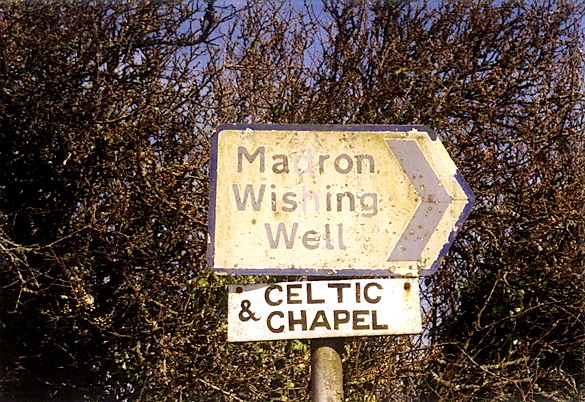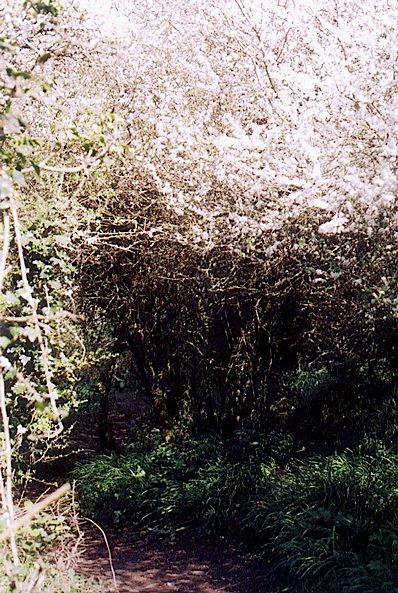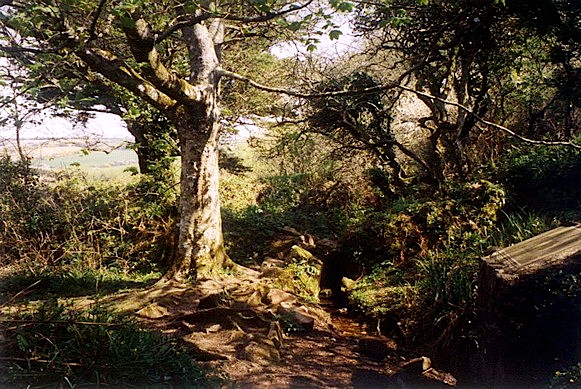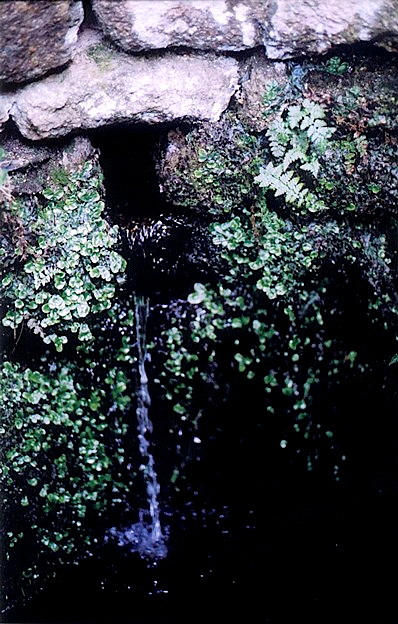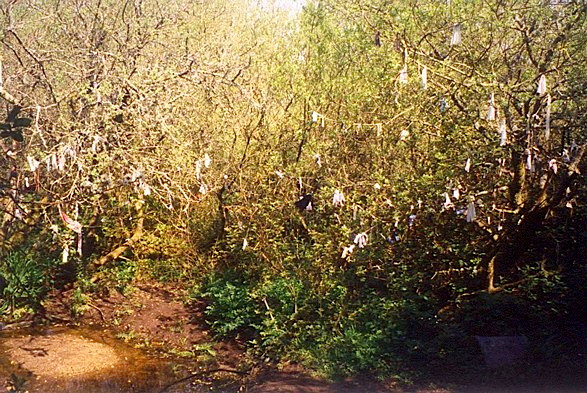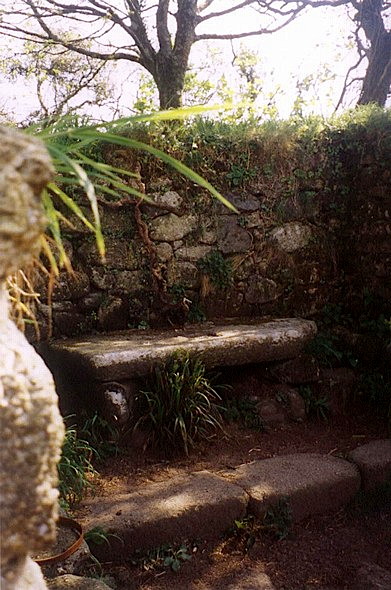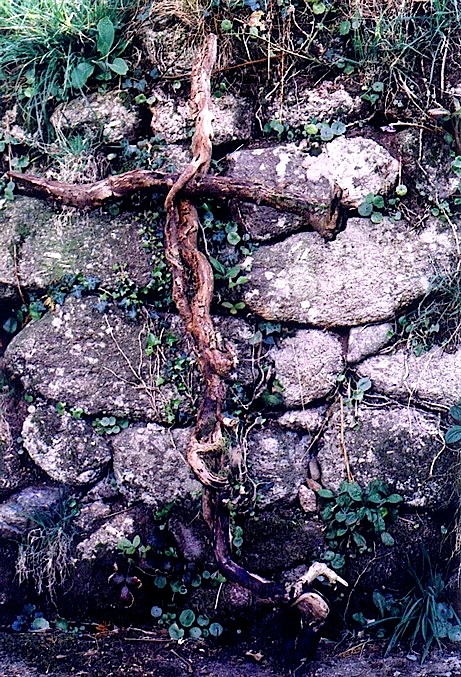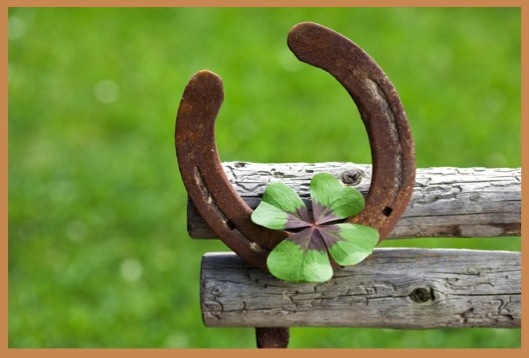Sun 6 Sep 2015
The Taraxippoi: frighteners of horses
Posted by PJ under classics, folklore, hauntings, horses, myth
No Comments

Here’s another ancient oddity, taken from Pausanias (2nd c. AD). In his “travelogue” called Description of Greece (also known as Guide to Greece) he describes a phenomena which occurs at the chariot racing stadia of Olympia, Isthmos, and Nemea. The translation below is public domain, by W. H. S. Jones , 1918. It can be found in its entirety here. Mr. Jones talks about a type of ghost or demon called a Taraxippus. He doesn’t bother translating that, but Peter Levi who did a Penguin Classics edition in 1971, translates that as “horse-scarer,” and it’s been rendered “horse frighteners” in other places (Theoi.com encyclopedia).
[6.20.15] The race-course [at Olympia] has one side longer than the other, and on the longer side, which is a bank, there stands, at the passage through the bank, Taraxippus, the terror of the horses. It has the shape of a round altar, and as they run along the horses are seized, as soon as they reach this point, by a great fear without any apparent reason. The fear leads to disorder; the chariots generally crash and the charioteers are injured. Consequently the charioteers offer sacrifice, and pray that Taraxippus may show himself propitious to them.
[6.20.16] The Greeks differ in their view of Taraxippus. Some hold that it is the tomb of an original inhabitant who was skilled in horsemanship; they call him Olenius, and say that after him was named the Olenian rock in the land of Elis. Others say that Dameon, son of Phlius, who took part in the expedition of Heracles against Augeas and the Eleans, was killed along with his charger by Cteatus the son of Actor, and that man and horse were buried in the same tomb.
[6.20.17] There is also a story that Pelops made here an empty mound in honor of Myrtilus, and sacrificed to him in an effort to calm the anger of the murdered man, naming the mound50 Taraxippus (Frightener of horses) because the mares of Oenomaus were frightened by the trick of Myrtilus. Some say that it is Oenomaus himself who harms the racers in the course. I have also heard some attach the blame to Alcathus, the son of Porthaon. Killed by Oenomaus because he wooed Hippodameia, Alcathus, they say, here got his portion of earth; having been unsuccessful on the course, he is a spiteful and hostile deity to chariot-drivers.
[6.20.18] A man of Egypt said that Pelops received something from Amphion the Theban and buried it where is what they call Taraxippus, adding that it was the buried thing which frightened the mares of Oenomaus, as well as those of every charioteer since. This Egyptian thought that Amphion and the Thracian Orpheus were clever magicians, and that it was through their enchantments that the beasts came to Orpheus, and the stones came to Amphion for the building of the wall. The most probable of the stories in my opinion makes Taraxippus a surname of Horse Poseidon.
[6.20.19] There is another Taraxippus at the Isthmus, namely Glaucus, the son of Sisyphus. They say that he was killed by his horses, when Acastus held his contests in honor of his father. At Nemea of the Argives there was no hero who harmed the horses, but above the turning-point of the chariots rose a rock, red in color, and the flash from it terrified the horses, just as though it had been fire. But the Taraxippus at Olympia is much worse for terrifying the horses. On one turning-post is a bronze statue of Hippodameia carrying a ribbon, and about to crown Pelops with it for his victory.




